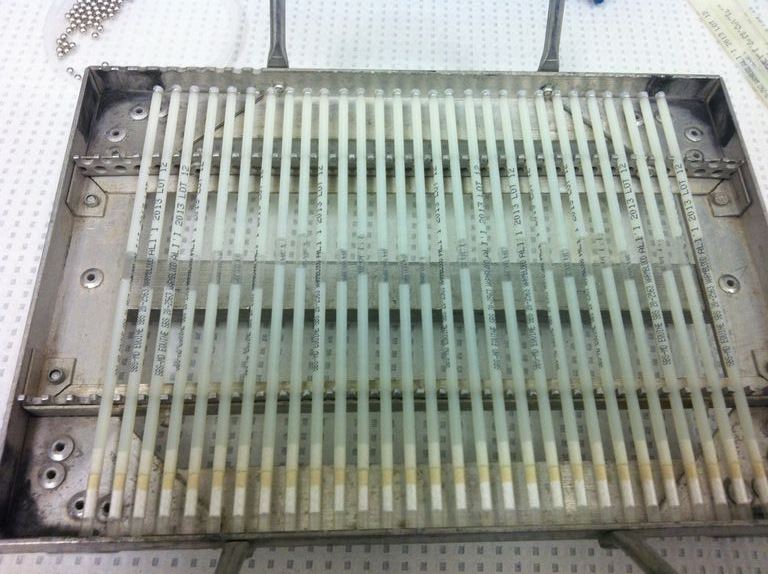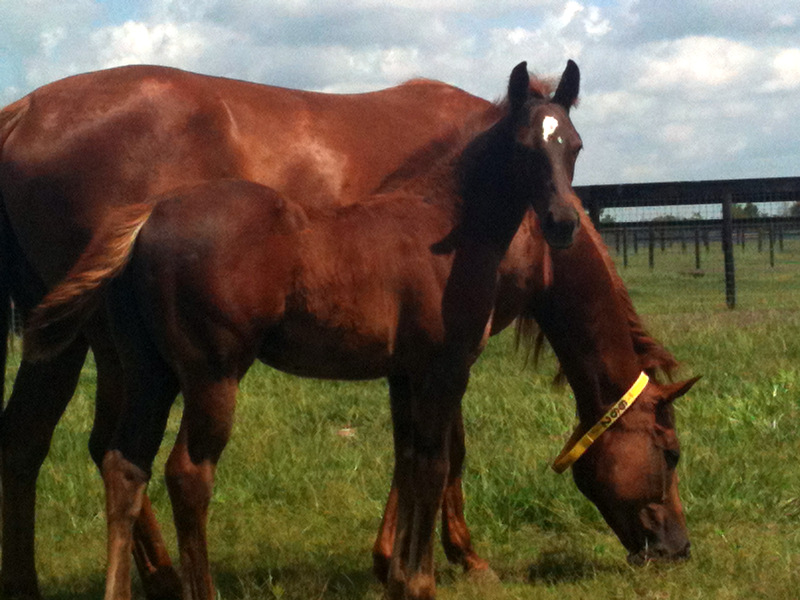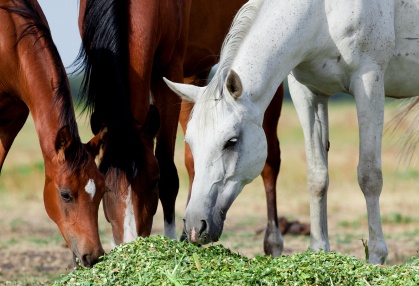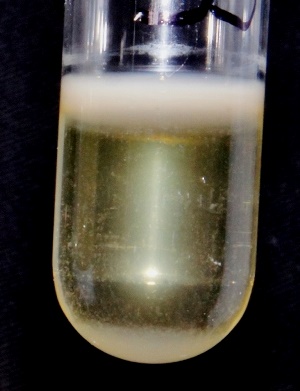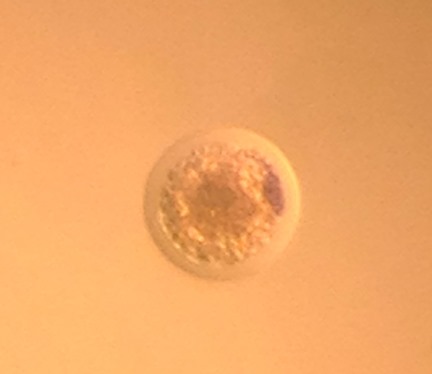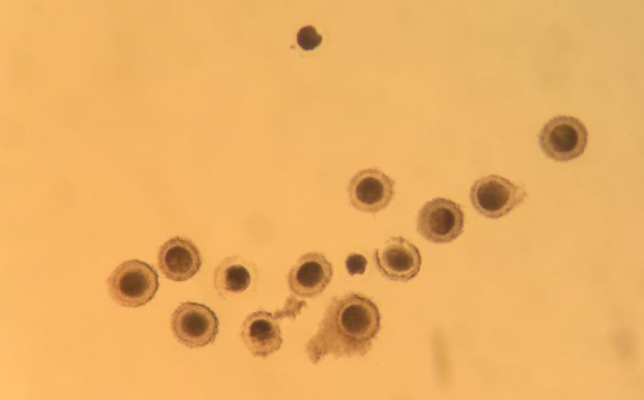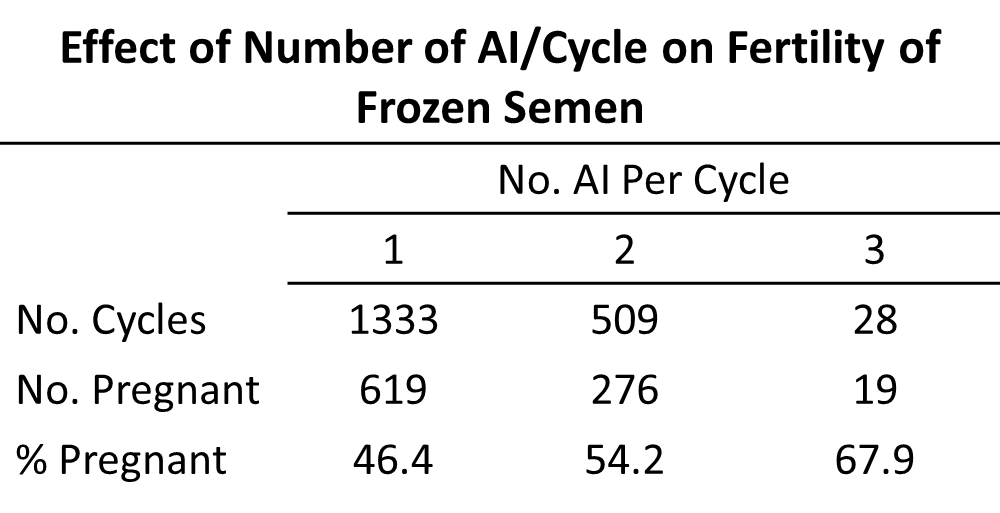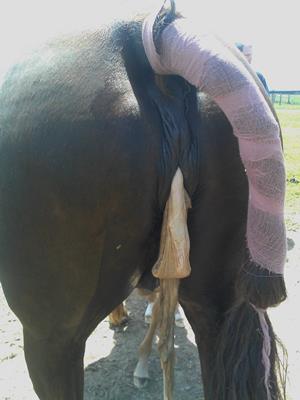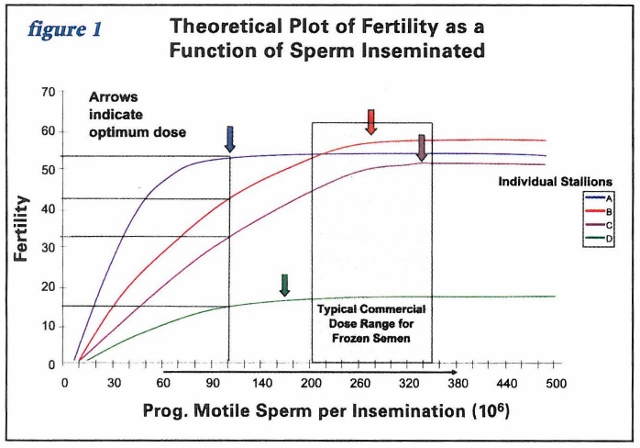Embryo vitrification doesn't sound much like "freezing embryos,” but the end product certainly is a cryopreserved equine embryo, frozen in liquid nitrogen for the preservation of genetics and transfer into a recipient mare at a later time. For the sake of some readers of this blog, an embryo is the result of fertilizing an oocyte (egg) with sperm and allowing the initial stages of development to occur. Embryo vitrification is the process whereby we freeze equine embryos for storage for indefinite periods of time prior to transfer into a recipient mare. We have the technology to cryopreserve equine sperm and equine embryos, but not equine oocytes. Herein lays the answer to the most common question that comes up in conversation regarding this blog topic. Some readers assume that since we can freeze the male generated sperm, we can likewise freeze the female generated oocyte. Unfortunately, due to some very sensitive cytoskeletal components in the oocyte, the technology does not exist to freeze equine oocytes. As we proceed, you will understand the process of embryo vitrification and we will delve into areas of research that are improving the success rates of vitrified embryos in generating live foals.
Why Freeze Equine Embryos?
